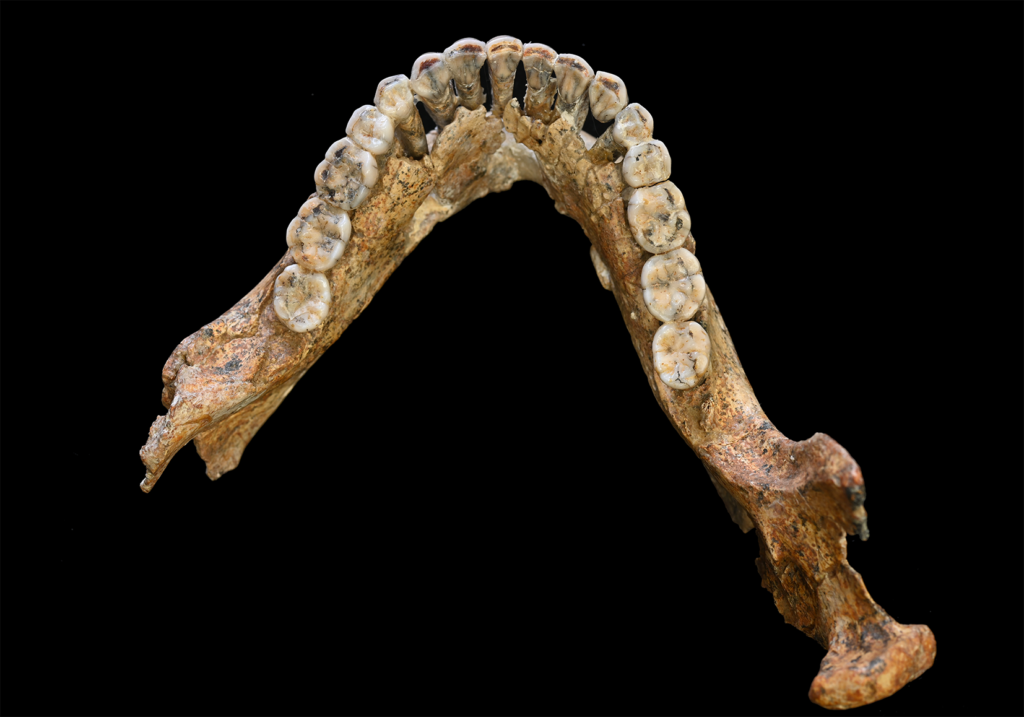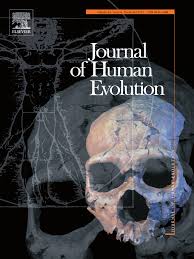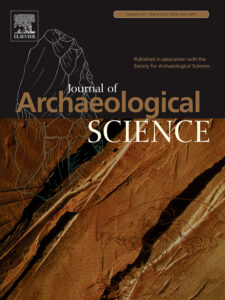Our new study on the masticatory habits, diet and biomechanics of the Neanderthal specimen of Bourgeois-Delaunay 1 has been recently published in the American Journal of Biological Anthropology.
Teeth are the first structures involved in food processing. As so, they are perfect to reconstruct the diet of extinct populations as well as to help revealing their masticatory habits. This study evaluates the macrowear pattern of the adult Neanderthal Bourgeois-Delaunay 1 (BD 1) along with cementum volume measurements in molars distinguishing between buccal and lingual sides of the roots. The similar level of wear along the buccal and lingual side of the molar crowns of BD 1 are interpreted as a consequence of having a diet consisting of both meat and vegetable foodstuff. However, the buccal side is generally more affected by wear. This does not match the cementum volume data, which shows a greater deposition of this tissue along the lingual side of the molar roots. Therefore, the lingually-located distribution of cementum could be more related to the strain’s distribution pattern along the tooth and surrounding tissues during mastication rather than to wear. Future studies integrating finite element analysis could provide more insights on the relation of tissue deposition and masticatory mechanical demands.





